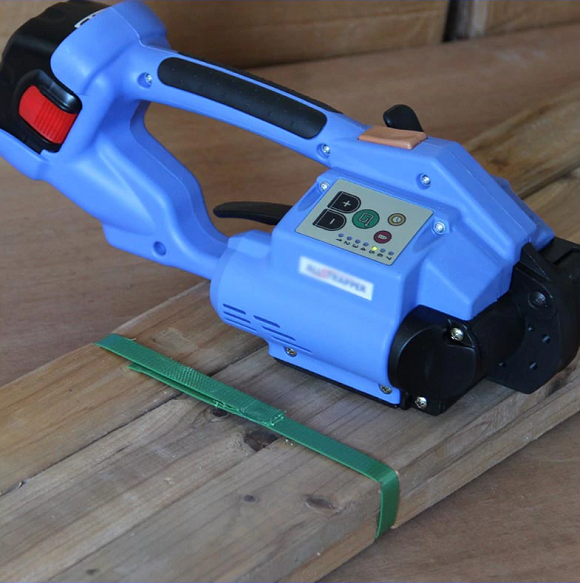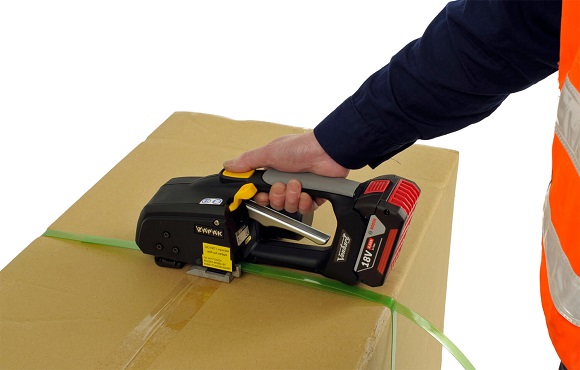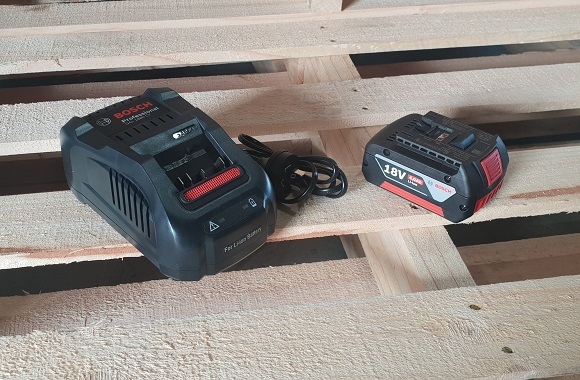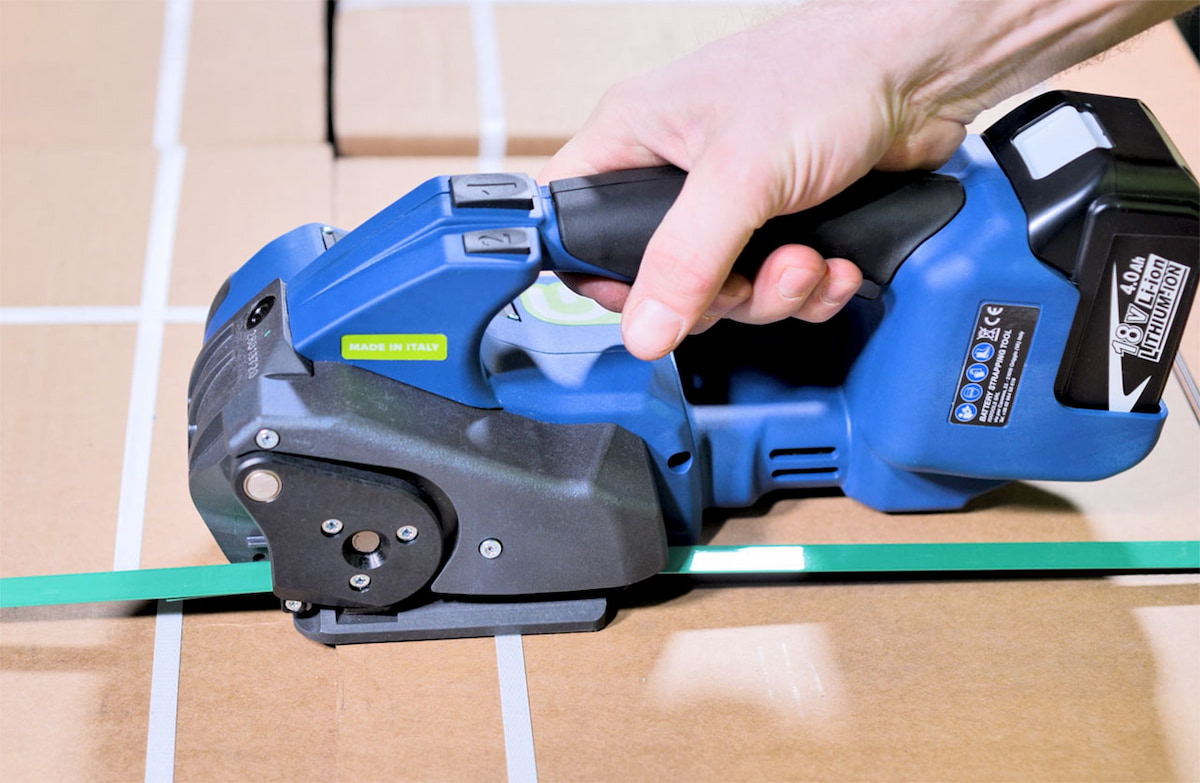Strapping is a safe and efficient method for joining parcels together and fixing pallets. It requires two things: strapping material and strapping tools. While the former is determined by the type of load you’re going to be packaging, the latter requires you to go more in depth. Strapping machines and tools come in all sizes and they are mainly used for the purposes of general printing, general packing and the food, lumber and newspaper industries. These tools can be handheld or fixed but here the focus is on handheld strapping tools.

How Do Strapping Machines Work?
These small handheld devices work with the help of a strap placed around them and then inserted in the machine. No matter if its a corded or a battery powered strapping tool (cordless), it automatically tightens the strapping and then tensions and straps it in one motion. With other strapping tools and machines the operation varies slightly.
Benefits of Battery Powered Strapping Tools
Handy
Since these types of strapping tools don’t have a cord attached to them at all times, they are quite easy to use. There’s nothing to get in your way and if you get one with a comfortable grip, your hands won’t get stressed from it either. Also, some manufacturers of battery powered strapping tools make them more advanced so that you can use them with one hand only.
Portable
Since there are no strings attached, portability really isn’t an issue with cordless strapping tools. You can bring a battery powered strapping tool wherever you want, whenever you want as the only thing you’ll need to worry about is the battery level. This is where it’s recommended that you bring a spare battery in case your tool runs out of juice. Keep in mind that since these tools can be carried anywhere, they are not as heavy as a corded tool which is why they are usually smaller and can be stored in places where their corded counterparts can’t.

Less Damage
Since corded strapping tools are so dependent on being constantly plugged in, the chance of the cord itself getting damaged is definitely there. Since that’s not the case with a battery strapping tool, there is also nothing that can cause damage to the tool itself. At least there is no external factor that could do so which means the chances of getting your cordless strapping tool damaged are far less.
Reducing Injuries
When there’s something in your way, there’s also the risk of injuries which in the case with cordless strapping tools isn’t something you’ll need to worry about. No cords, nothing to trip over from and thus work-related accidents and injuries are reduced substantially. Without an additional wire running around, you will also have a more organised space and be able to work more efficiently.

Charging
Sure you may need to charge the tool’s batteries from time to time but long are the days were you would spend more time charging a battery than using the tool. Cordless strapping tools have come a long way when it comes to battery technology as nowadays battery packs are more energy dense, meaning fewer charging times and longer run times.
New Tech
The versatility of cordless strapping tools has allowed manufacturers to improve on other aspects such as safety triggers and an auto-stop feature. While these are still new, as time goes by, they are becoming standard.
The One Thing Corded Strapping Tools are Better at…
Capacity
With a corded strapping tool, you won’t be limited by how much juice you have left in the battery. Your energy will be the only thing limiting you from working and nothing else. While corded strapping tools are outlet dependent, they won’t leave you in the middle of a job.
Are Corded Tools Better Than Cordless?
While there is no right or wrong here there is one distinctive winner when it comes to convenience and usability and that is the cordless strapping tool. But if you are someone who needs strong consistent power and strapping efficacy, a corded tool will be your best option. To put it simply, you should choose according to the type and amount of work you do.
